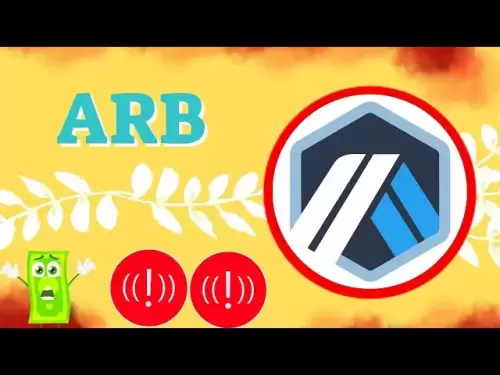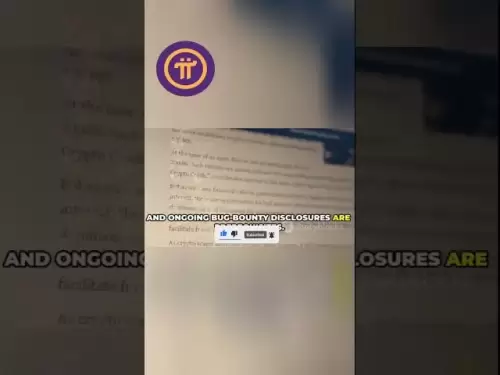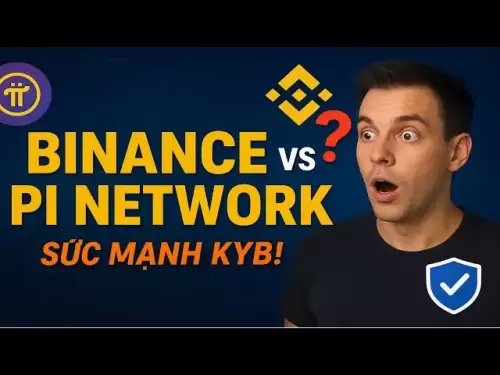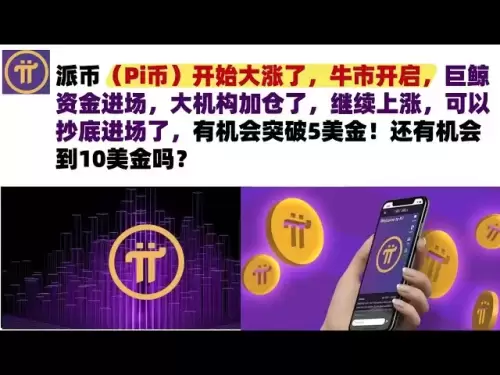-
 Bitcoin
Bitcoin $116800
0.20% -
 Ethereum
Ethereum $4192
5.51% -
 XRP
XRP $3.287
0.12% -
 Tether USDt
Tether USDt $1.000
0.00% -
 BNB
BNB $808.7
2.39% -
 Solana
Solana $180.4
2.23% -
 USDC
USDC $0.9999
0.01% -
 Dogecoin
Dogecoin $0.2390
6.80% -
 TRON
TRON $0.3365
-0.71% -
 Cardano
Cardano $0.8081
2.20% -
 Hyperliquid
Hyperliquid $43.74
6.50% -
 Chainlink
Chainlink $21.27
9.03% -
 Stellar
Stellar $0.4530
0.07% -
 Sui
Sui $3.908
3.00% -
 Bitcoin Cash
Bitcoin Cash $575.0
-1.02% -
 Hedera
Hedera $0.2632
0.61% -
 Avalanche
Avalanche $24.17
3.25% -
 Ethena USDe
Ethena USDe $1.001
0.02% -
 Litecoin
Litecoin $122.1
-0.24% -
 Toncoin
Toncoin $3.376
0.35% -
 UNUS SED LEO
UNUS SED LEO $8.981
-0.15% -
 Shiba Inu
Shiba Inu $0.00001373
5.86% -
 Uniswap
Uniswap $10.85
2.17% -
 Polkadot
Polkadot $4.080
4.03% -
 Dai
Dai $1.000
-0.02% -
 Pepe
Pepe $0.00001228
8.92% -
 Bitget Token
Bitget Token $4.506
0.09% -
 Cronos
Cronos $0.1581
3.76% -
 Monero
Monero $270.1
0.81% -
 Ethena
Ethena $0.7293
15.86%
What are the technical features of Sol coin?
Solana's innovative Proof of History (PoH) consensus mechanism, layered architecture, and optimized protocols like Turbine and Gulf Stream enable high throughput and low latency, though security remains a key focus.
Mar 03, 2025 at 02:06 pm
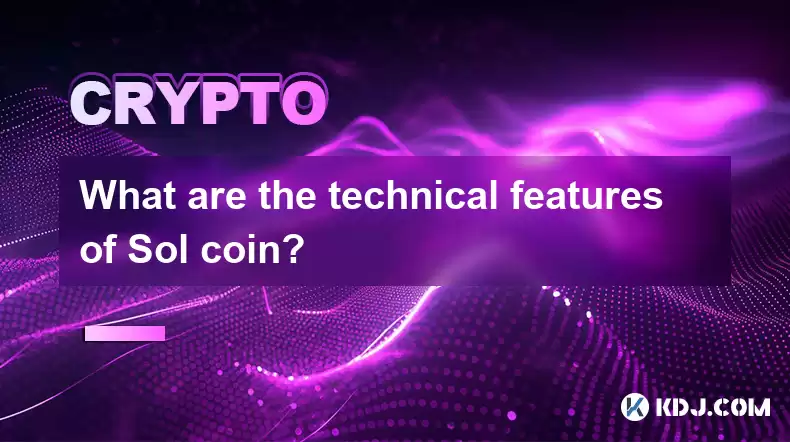
Key Points:
- Solana's core innovation lies in its novel consensus mechanism, Proof of History (PoH).
- Its layered architecture allows for high throughput and low latency.
- Solana utilizes a unique combination of technologies to achieve scalability.
- Security remains a key concern and area of ongoing development and scrutiny.
- The network's programmability enables the creation of diverse decentralized applications (dApps).
What are the technical features of Sol coin?
Solana, a prominent blockchain platform, distinguishes itself through a unique blend of technical features designed to enhance scalability, speed, and transaction efficiency. Understanding these features is crucial to grasping Solana's potential and limitations within the cryptocurrency ecosystem.
Proof of History (PoH): The Heart of Solana's Innovation
At the core of Solana's architecture lies its innovative consensus mechanism, Proof of History (PoH). Unlike traditional Proof-of-Work (PoW) or Proof-of-Stake (PoS) systems, PoH utilizes a verifiable clock to timestamp transactions, significantly reducing the time required for consensus. This cryptographic clock ensures that the order of events is objectively verifiable, enhancing the efficiency of the network. This allows for a more streamlined and faster transaction process compared to other blockchain networks.
Layered Architecture: Enhancing Efficiency and Scalability
Solana employs a layered architecture, dividing the workload across multiple layers to optimize performance. Each layer handles specific tasks, such as transaction processing, consensus, and networking. This approach allows for parallel processing, boosting overall throughput and reducing latency. This design allows Solana to handle a far greater number of transactions per second than many other blockchains.
Turbine: A Highly Efficient Network Protocol
Solana's Turbine is a high-performance networking protocol designed to optimize data transmission and communication between nodes. It utilizes a unique algorithm that enables rapid dissemination of transaction data across the network, contributing to the platform's impressive transaction speeds. This protocol is essential for maintaining the network's high throughput capabilities.
Sealevel: Parallel Transaction Processing
Solana's Sealevel is a highly efficient transaction processing engine capable of handling thousands of transactions concurrently. This parallel processing capability contributes significantly to the network's high throughput. It's designed to address the scalability limitations faced by many other blockchains.
Gulf Stream: Enhanced Transaction Pipelining
Gulf Stream is a crucial component that optimizes transaction processing by implementing a highly efficient pipelining mechanism. This improves the speed at which transactions are confirmed and finalized. This reduces latency and improves overall network performance.
Cloudbreak: Improved Data Replication
Cloudbreak is designed to optimize data replication across the Solana network, ensuring data consistency and resilience against node failures. Efficient data replication is critical for maintaining the integrity and availability of the blockchain. This enhances network reliability and fault tolerance.
Programmability: Supporting a Thriving Ecosystem
Solana's programmability, powered by its native programming language Rust, allows developers to create and deploy decentralized applications (dApps). This fosters a vibrant ecosystem of projects and services built upon the Solana blockchain. This open nature encourages innovation and competition within the ecosystem.
Security Concerns and Ongoing Developments
While Solana's technical features are impressive, security remains a key area of focus and ongoing development. The network has experienced outages in the past, highlighting the challenges associated with maintaining the stability and security of a high-throughput blockchain. Continuous improvement and rigorous auditing are crucial for maintaining user trust. Addressing these concerns is vital for long-term adoption and success.
Solana's Native Token: SOL
The SOL token is the native cryptocurrency of the Solana blockchain. It is used for various purposes within the ecosystem, including staking, transaction fees, and governance. Its value is directly tied to the success and adoption of the Solana network. The token's utility and market demand significantly influence its price.
Frequently Asked Questions:
Q: How does Solana achieve such high transaction speeds compared to other blockchains?
A: Solana's high transaction speeds are a result of its unique combination of technologies, including Proof of History, a layered architecture, and optimized networking protocols like Turbine and Gulf Stream. These features allow for parallel processing and efficient transaction pipelining.
Q: What are the main advantages of Solana's Proof of History (PoH) consensus mechanism?
A: PoH provides a verifiable timestamp for transactions, reducing the time needed for consensus and enabling significantly faster transaction processing than traditional PoW or PoS systems. It improves efficiency and scalability.
Q: What programming language is used for developing dApps on Solana?
A: Solana primarily uses Rust, a programming language known for its performance and security, for developing decentralized applications. This contributes to the platform's efficiency and robustness.
Q: What are the potential risks associated with investing in Solana?
A: As with any cryptocurrency, investing in Solana carries inherent risks. These include market volatility, security vulnerabilities, and regulatory uncertainty. Thorough research and risk assessment are crucial before investment.
Q: How does Solana's layered architecture contribute to its scalability?
A: Solana's layered architecture allows for parallel processing of different tasks, improving efficiency and throughput. This distribution of workload is essential for handling high transaction volumes.
Q: What is the role of the SOL token in the Solana ecosystem?
A: SOL serves as the native cryptocurrency of Solana, used for transaction fees, staking, and governance within the network. Its value is intrinsically linked to the success of the Solana blockchain.
Q: What are some of the challenges Solana faces in terms of security and stability?
A: Solana has faced network outages in the past, highlighting ongoing challenges in maintaining the stability and security of a high-throughput blockchain. Continuous improvements and security audits are crucial to address these issues.
Q: How does Solana compare to other Layer-1 blockchains in terms of scalability?
A: Solana aims to offer significantly higher transaction throughput and lower latency than many other Layer-1 blockchains, although it's important to consider the trade-offs between speed, decentralization, and security. Direct comparisons require considering specific metrics and performance benchmarks.
Disclaimer:info@kdj.com
The information provided is not trading advice. kdj.com does not assume any responsibility for any investments made based on the information provided in this article. Cryptocurrencies are highly volatile and it is highly recommended that you invest with caution after thorough research!
If you believe that the content used on this website infringes your copyright, please contact us immediately (info@kdj.com) and we will delete it promptly.
- Crypto Airdrops & Opportunities: What's Hot in August 2025
- 2025-08-09 22:30:12
- XRP, Cardano, and the Alluring Alternatives: A 2025 Crypto Landscape
- 2025-08-09 22:35:12
- Shiba Inu (SHIB) in the Crypto Landscape: Community, Trends, and Future Outlook
- 2025-08-09 20:30:12
- Solana, Unilabs, and Social Trends: Decoding the Crypto Buzz
- 2025-08-09 21:10:12
- Dogecoin, Meme Coins, and Layer Brett: Chasing the Next 100x
- 2025-08-09 20:50:12
- Crypto Presales in 2025: Are They Set to Outperform Launches?
- 2025-08-09 20:55:15
Related knowledge

Where can I buy UMA (UMA)?
Aug 07,2025 at 06:42pm
Understanding UMA and Its Role in Decentralized FinanceUMA (Universal Market Access) is an Ethereum-based decentralized finance (DeFi) protocol design...

How to buy Storj (STORJ) tokens?
Aug 09,2025 at 07:28am
Understanding Storj (STORJ) and Its Role in Decentralized StorageStorj is a decentralized cloud storage platform that leverages blockchain technology ...
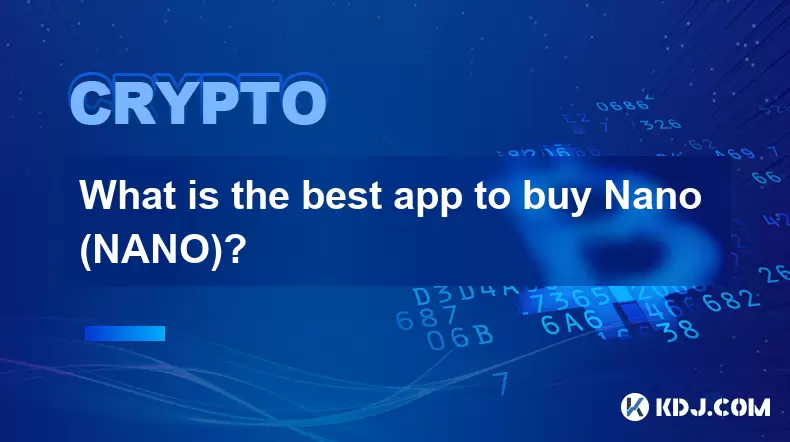
What is the best app to buy Nano (NANO)?
Aug 09,2025 at 03:35am
Understanding Nano (NANO) and Its Unique FeaturesNano is a feeless, instant cryptocurrency designed for fast peer-to-peer transactions. Unlike many ot...
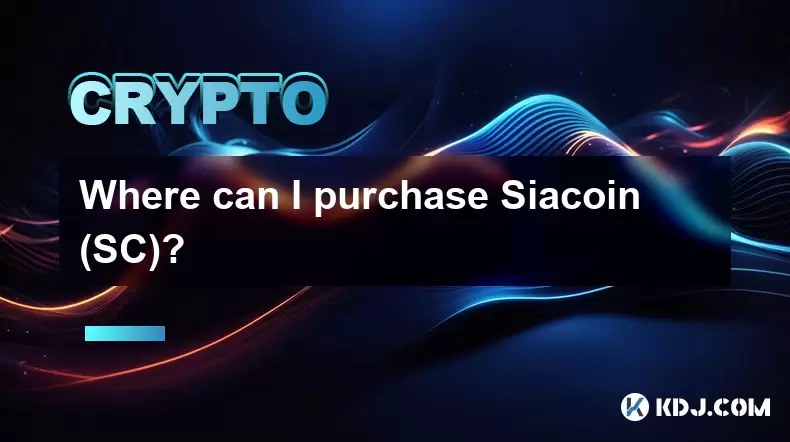
Where can I purchase Siacoin (SC)?
Aug 08,2025 at 11:14am
Understanding Siacoin (SC) and Its Role in the Sia NetworkSiacoin (SC) is the native cryptocurrency of the Sia decentralized cloud storage platform, a...
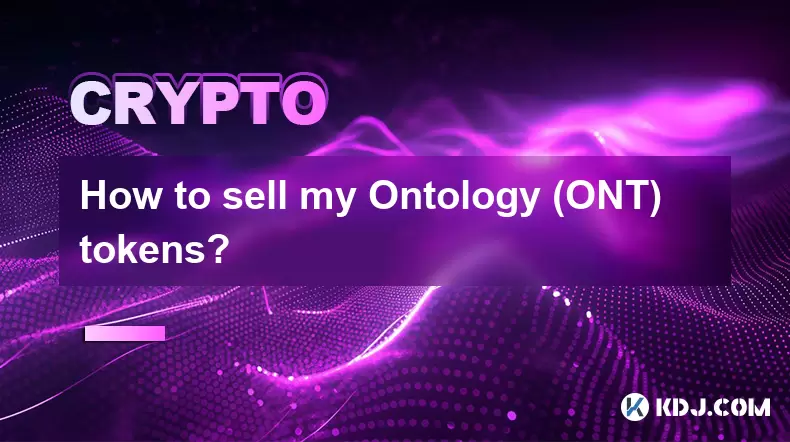
How to sell my Ontology (ONT) tokens?
Aug 09,2025 at 06:08pm
Understanding Ontology (ONT) and Its Trading EcosystemBefore selling your Ontology (ONT) tokens, it's essential to understand the nature of the crypto...
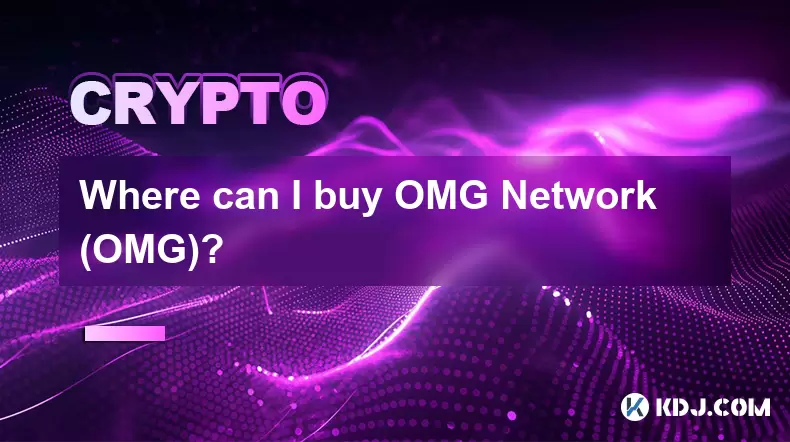
Where can I buy OMG Network (OMG)?
Aug 08,2025 at 12:57pm
Understanding OMG Network (OMG) and Its PurposeThe OMG Network, originally known as OmiseGO, is a layer-2 scaling solution built on the Ethereum block...

Where can I buy UMA (UMA)?
Aug 07,2025 at 06:42pm
Understanding UMA and Its Role in Decentralized FinanceUMA (Universal Market Access) is an Ethereum-based decentralized finance (DeFi) protocol design...

How to buy Storj (STORJ) tokens?
Aug 09,2025 at 07:28am
Understanding Storj (STORJ) and Its Role in Decentralized StorageStorj is a decentralized cloud storage platform that leverages blockchain technology ...

What is the best app to buy Nano (NANO)?
Aug 09,2025 at 03:35am
Understanding Nano (NANO) and Its Unique FeaturesNano is a feeless, instant cryptocurrency designed for fast peer-to-peer transactions. Unlike many ot...

Where can I purchase Siacoin (SC)?
Aug 08,2025 at 11:14am
Understanding Siacoin (SC) and Its Role in the Sia NetworkSiacoin (SC) is the native cryptocurrency of the Sia decentralized cloud storage platform, a...

How to sell my Ontology (ONT) tokens?
Aug 09,2025 at 06:08pm
Understanding Ontology (ONT) and Its Trading EcosystemBefore selling your Ontology (ONT) tokens, it's essential to understand the nature of the crypto...

Where can I buy OMG Network (OMG)?
Aug 08,2025 at 12:57pm
Understanding OMG Network (OMG) and Its PurposeThe OMG Network, originally known as OmiseGO, is a layer-2 scaling solution built on the Ethereum block...
See all articles





















